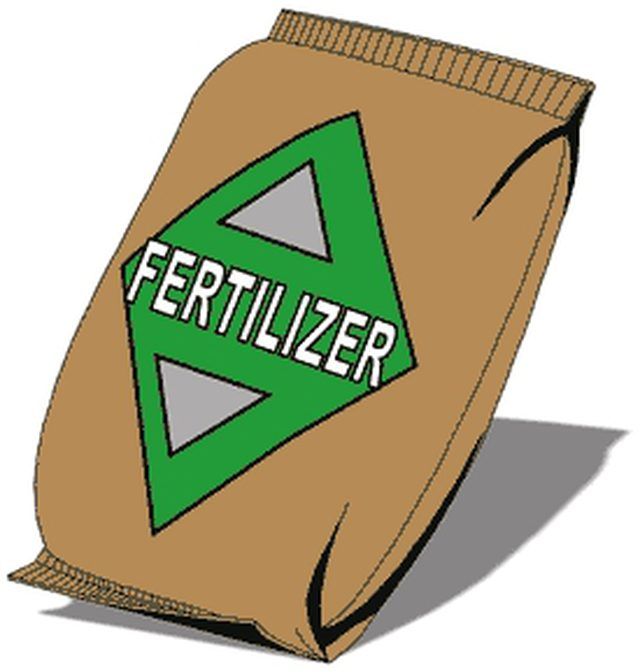Bulbs
Flower Basics
Flower Beds & Specialty Gardens
Flower Garden
Garden Furniture
Garden Gnomes
Garden Seeds
Garden Sheds
Garden Statues
Garden Tools & Supplies
Gardening Basics
Green & Organic
Groundcovers & Vines
Growing Annuals
Growing Basil
Growing Beans
Growing Berries
Growing Blueberries
Growing Cactus
Growing Corn
Growing Cotton
Growing Edibles
Growing Flowers
Growing Garlic
Growing Grapes
Growing Grass
Growing Herbs
Growing Jasmine
Growing Mint
Growing Mushrooms
Orchids
Growing Peanuts
Growing Perennials
Growing Plants
Growing Rosemary
Growing Roses
Growing Strawberries
Growing Sunflowers
Growing Thyme
Growing Tomatoes
Growing Tulips
Growing Vegetables
Herb Basics
Herb Garden
Indoor Growing
Landscaping Basics
Landscaping Patios
Landscaping Plants
Landscaping Shrubs
Landscaping Trees
Landscaping Walks & Pathways
Lawn Basics
Lawn Maintenance
Lawn Mowers
Lawn Ornaments
Lawn Planting
Lawn Tools
Outdoor Growing
Overall Landscape Planning
Pests, Weeds & Problems
Plant Basics
Rock Garden
Rose Garden
Shrubs
Soil
Specialty Gardens
Trees
Vegetable Garden
Yard Maintenance
The History of Fertilizers
The History of Fertilizers. Fertilizers are substances added to soil to improve the growth of plants, as well as their yield. While fertilizers have been around as long as people discovered farming, it has only been since the past few centuries that chemical or synthetic ones have been developed with the knowledge of plants' chemical needs to...

Fertilizers are substances added to soil to improve the growth of plants, as well as their yield. While fertilizers have been around as long as people discovered farming, it has only been since the past few centuries that chemical or synthetic ones have been developed with the knowledge of plants' chemical needs to improve quality and quantity of food.
Earliest Times
In the earliest times, people noted that the first yield on a plot of land qualitatively surpassed subsequent ones. Thus, there had to be a way of maintaining or even enhancing yield while staying on the same plot of land. Eventually, people came up with the idea of using animal manure to do so.
Evolution of Materials
With time, natural fertilization became more refined. For instance, the ancient Egyptians added ashes from burned weeds to soil. Other materials used in ancient times included sea shells, clay, and vegetable waste.
Advent of Fertilizer Technology
Starting from the early 17th century, people researched other modes of fertilization, particularly those of a chemical nature. For instance, German-Dutch chemist Johann Glauber (c. 1604 to 1670), developed the first mineral fertilizer, which comprised saltpeter, lime, phosphoric acid, nitrogen, and potash.
Justus von Liebig
It was organic chemist Justus von Liebig (1803 to 1873) who discovered that plants need mineral elements such as nitrogen and phosphorous for optimal growth. His work led to a half-century of exploring the chemical needs of plants to improve on fertilizer compositions. For this, he is referred to as the "Father of the Fertilizer Industry." Sir John Lawes (1814 to 1900) would discover superphosphate, which became the first chemical fertilizer.
Core Plant Nutrients
By the 20th century, it was understood that the core plant nutrients are nitrogen, phosphorous, and potassium. Nitrogen is considered the most needed nutrient---as an essential building block for assembling amino acids, nucleic acids, and protein. Plants with less nitrogen tend to be smaller, less fruitful, and have more of a yellowish color. With that knowledge of plant chemical needs, the chemical fertilizer industry experienced significant growth, particularly after World War I, which ended in 1918.
Today
Although organic fertilizers are still used today throughout the world, chemical fertilizers are more popular. Also, research is still being conducted---to reduce the harmful environmental effects of fertilizer use, as well as discovering new, less costly sources of fertilizers.